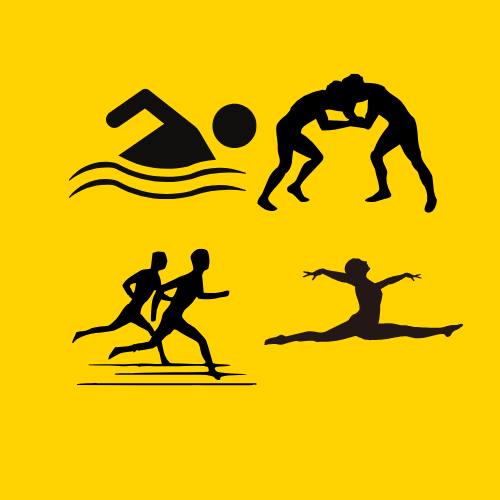
The Art of Timing: Why Starting Too Soon is Counterproductive
In the world of athletics, timing can make or break an athlete's performance. This concept rings particularly true in stroke sports where the need for precision in every movement is critical. A recent insight into the swimming community emphasizes a common pitfall: initiating the catch phase too early. In swimming, as in many sports, every millisecond counts, and starting the catch at the right moment can significantly influence speed and efficiency in the water.
A Closer Look at the Catch Phase
The catch phase is pivotal in swimming. It's the transition from reaching forward to pulling through the water, and if done incorrectly, it can result in a loss of momentum. Just as in gymnastics or track events where form and technique are crucial, the ability to wait just a fraction longer before pulling can translate to greater propulsion and velocity. Athletes should focus on extending and rotating their bodies, allowing their hands to enter the water in an optimal position before pulling their arms back, thus ensuring a firm grip on the water.
Parallel Example: The Impact of Timing in Other Sports
This principle of timing extends beyond just swimming. Consider track cycling, where racers must carefully gauge when to make their move. Initiating a sprint too early can lead to exhaustion or being overtaken just before the finish line. Similarly, in gymnastics, an early dismount could result in significant penalties, just as a poorly timed catch can stall a swimmer’s race. These parallels highlight the necessity of patience and strategy in optimizing performance.
Future Trends in Coaching: Timing Over Power
As we continue to innovate within the realm of sports coaching, one trend is becoming clear: the emphasis on timing might surpass raw power or strength. Coaches are increasingly recognizing the importance of refining techniques that prioritize timing. With the use of video analysis and performance metrics, athletes can better understand the nuances of their stroke, learning when to wait, how to engage their bodies, and maximize their water time. The next wave of champions may well be those who master the subtleties of timing.
Actionable Insights for Coaches and Athletes
Understanding the significance of the catch phase brings forth practical insights that can be implemented immediately. Athletes should spend dedicated time in practice focusing on their entry and reach before engaging their pull. Additionally, coaches should consider incorporating regular video feedback sessions, which allow athletes to visualize their form and timing, ensuring they are maximizing their potential. Simple drills centered around the timing of the catch can make a significant difference in performance.
Common Misconceptions: The Bigger, The Better?
Many athletes believe that strength alone can power through their catch phase. However, this misperception can lead only to frustration and stagnation in performance. It's essential to understand that finesse and technique often outweigh brute force in sports. In swimming, the right timing enables athletes to carry momentum through their strokes rather than squander energy.
Knowing the Valuable Insights for Competitive Success
For those aged 18-45 in North America and beyond, adapting to these insights is crucial for competitive success. Athletes must challenge traditional notions and embrace a more technique-oriented approach. By recognizing how critical timing is, individuals can not only improve their performance but also contribute positively to their teams and coaches who are aligning with innovative training methods.
As athletes continue to develop their skills, emphasizing the importance of waiting for the right moment can empower them to propel themselves to unprecedented heights. Engaging with these new perspectives on timing could mean the difference between a good performance and a great one.
 Add Row
Add Row  Add
Add 




Write A Comment